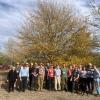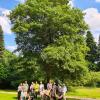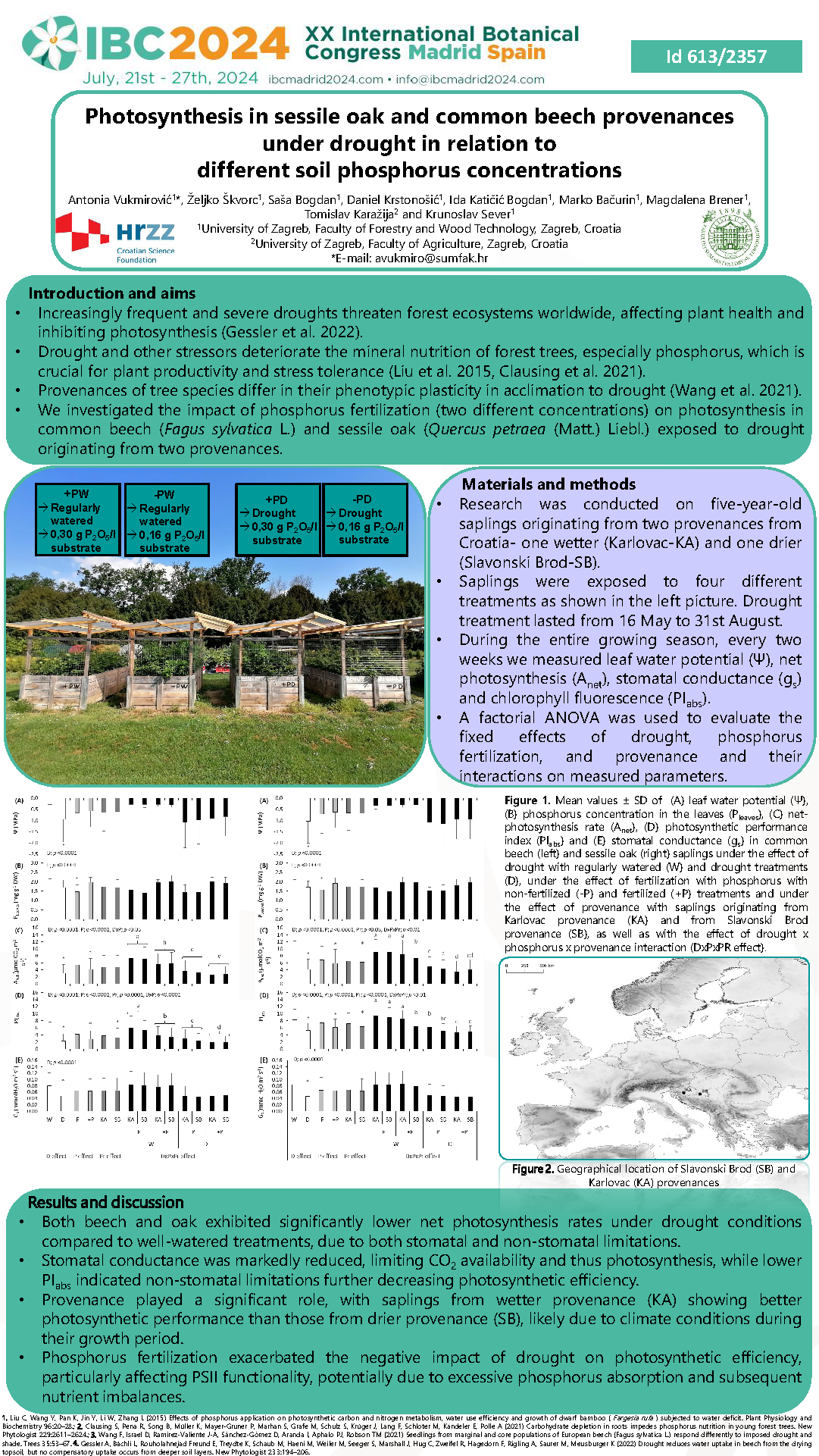Editor's Picks
Plant Focus
Photosynthesis in sessile oak and common beech provenances under drought in relation to different soil phosphorus concentrations
Poster presented at the XX International Botanical Conference, Madrid, Spain, July 21–27, 2024.
Authors:
Antonia Vukmirovic1, Željko Škvorc1, Saša Bogdan1, Daniel Krstonošic1, Marko Bacurin1, Magdalena Brener1, Ida Katicic Bogdan1, Tomislav Karažija2, Krunoslav Sever1
Affiliations:
1. University of Zagreb Faculty of Forestry and Wood Technology, Zagreb, Croatia
2. University of Zagreb Faculty of Agriculture, Zagreb, Croatia
Abstract:
Inhibition of photosynthesis is the primary physiological consequence of drought stress. This research aimed to examine the response of photosynthesis of common beech and sessile oak saplings from two provenances, Karlovac (KA) and Slavonski Brod (SB) under the impact of drought and phosphorus fertilization (P). During the growing season of 2022, the saplings were treated with regular watering (W) and drought (D). Half of the plants treated with regular watering or drought were fertilized (+P), and the other half were not fertilized with P (-P). Accordingly, the saplings were subjected to four treatments (W/+P, W/-P, D/+P and D/-P). The dry period was interrupted on September 1st by re-watering. Every 10 days during the growing season, the photosynthetic performance index (PIabs) and rate of net photosynthesis (Anet) were measured. The significance of the main effects (provenance and treatment) and their interactions on the PIabs and Anet in drought and post-drought periods in common beech and sessile oak was tested by factorial ANOVA. In both species, during the drought period, the highest values of Anet and PIabs were recorded in W/-P treatment and the lowest in D/+P treatment. During the drought period Anet and PIabs in oak, as well as PIabs in beech, were higher in KA compared to SB provenance. During the post-drought period Anet and PIabs in both species, regardless of the provenances, were still lower in drought (D/+P and D/-P) compared to regularly watered (W/+P and W/-P) treatments. However, PIabs in both species was higher in the D/-P compared to D/+P treatment in both provenances. Our results indicate that elevated P concentrations did not have a significant effect on photosynthesis in oak and beech saplings in drought and post-drought periods.
















